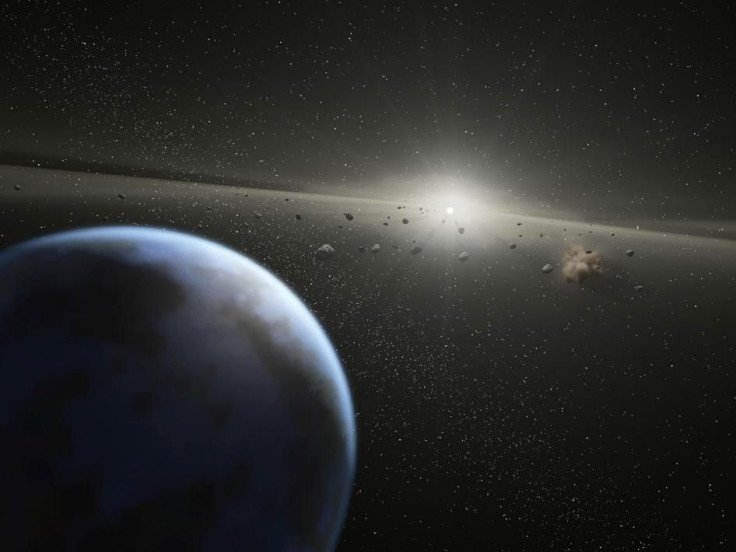NASA Detects 3 Asteroids Headed For Earth Next Week

KEY POINTS
- Three asteroids will approach Earth next week
- The biggest asteroid in the group is over 220 feet wide
- All three asteroids follow Earth-crossing orbits
NASA’s automated asteroid tracking system has detected three space rocks that are expected to fly past Earth next week. According to the agency’s Center for Near-Earth Object Studies (CNEOS), the approaching asteroids have natural orbits that are known to intersect the planet’s path.
The first asteroid that will pay Earth a visit next week has been identified as 2018 RF6. According to CNEOS, this asteroid has an estimated diameter of almost 194 feet. It is currently making its way across the Solar System at a speed of over 28,000 miles per hour.
CNEOS noted that 2018 RF6 will approach the planet on March 10 at 3:15 a.m. EST. During this time, the asteroid will be about 0.02877 astronomical units or roughly 2.7 million miles from the planet’s center.
Closely following 2018 RF6 is an asteroid known as 2020 CA3. According to CNEOS, this asteroid is the slowest in the group. It is expected to approach Earth with a speed of over 14,000 miles per hour. CNEOS estimated that the asteroid measures about 174 feet wide.
2020 CA3 will make its near-Earth approach on March 10 at 9:44 a.m. EST. It will fly past Earth from a distance of 0.03519 astronomical units, which is equivalent to about 3.3 million miles.
The last asteroid that will enter Earth’s vicinity next week is called 2008 UB95. This asteroid has an estimated diameter of 223 feet, making it the largest space rock in the group. As indicated in CNEOS’ database, this asteroid is currently flying towards Earth at a velocity of over 17,000 miles per hour.
According to CNEOS, 2008 UB95 is expected to debut in Earth’s neighborhood on March 11 at 8:08 a.m. EST. During this time, the asteroid will fly past Earth from about 0.04726 astronomical units or roughly 4.4 million miles away.
NASA noted that both 2018 RF6 and 2020 CA3 are classified as Apollo asteroids. This means that these two space rocks follow very wide orbits around the Sun. From time to time, their orbits cross the path of Earth.
2008 UB95, on the other hand, is an Aten asteroid. Although Aten asteroids also follow Earth-crossing trajectories, they follow narrower orbits compared to Apollo space rocks.
© Copyright IBTimes 2025. All rights reserved.




















